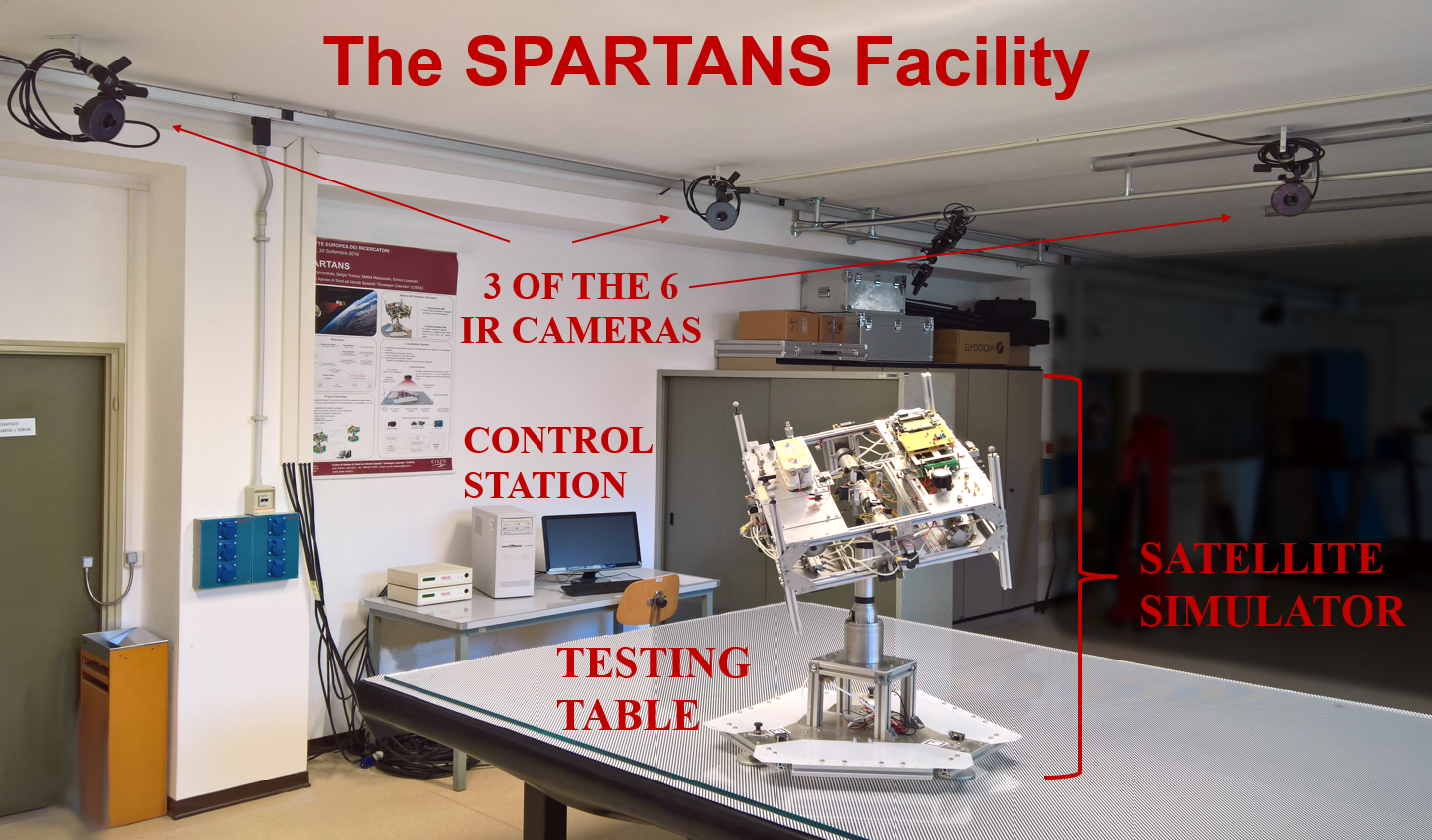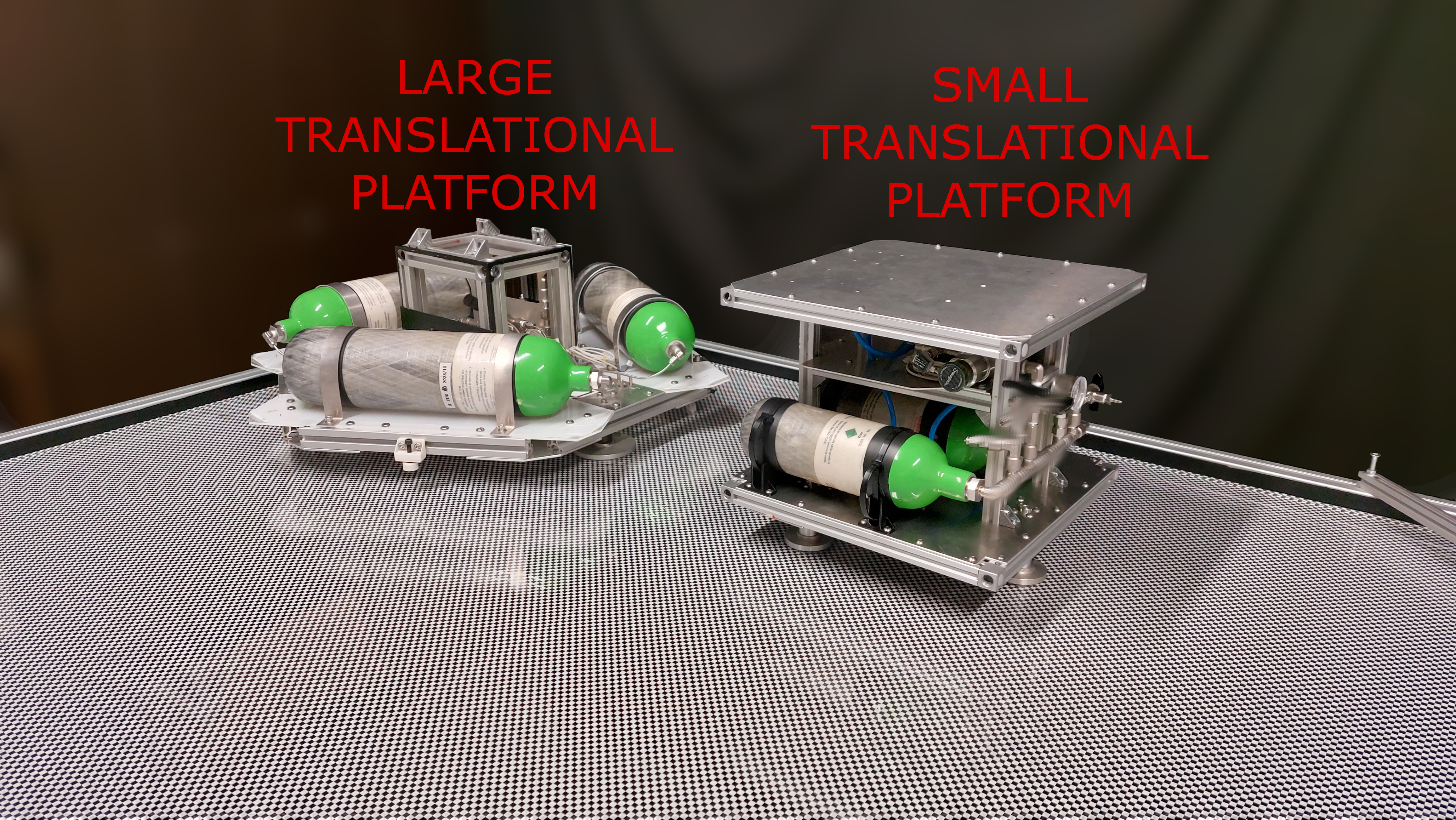The SPARTANS facility (SPAcecraft Relative Translation and Attitude Navigation Simulator), developed jointly by the Center of Studies and Activities for Space (CISAS) “Giuseppe Colombo” and the Department of Industrial Engineering (DII) of the University of Padova, offers an advanced testing environment for developing and validating on-ground algorithms, sensors and mechanisms related to satellite proximity operations. These algorithms and instrumentation include coupled relative position and attitude Guidance Navigation and Control (GNC), Vision-based Navigation, Identification of Motion of a non-cooperative Spacecraft, Collision Avoidance Maneuvers, Coordinated Retargeting, Rendezvous and Docking/Capture, and other related techniques.
Specifically, the SPARTANS facility consists of the following components:
- two Spacecraft Modules that provide the core of the testing setup;
- an external Control Station (computer) for monitoring the tests and logging data;
- a 2m x 3m testing table over which the Spacecraft Modules can “float” with minimal friction thanks to an air-cushion system;
- a Global Navigation system that includes six external IR cameras (Motion Capture) for accurately tracking the linear position and attitude (pose) of each Spacecraft Module.
- a lower Translational platform with 3 Degrees of Freedom (DoFs), enabling translation on the testing table and rotation around the vertical axis;
- an optional Attitude platform that adds 3 further rotational DoFs through a 3-axis mechanical joint system;
- on-board sensors, such as IMU and stereo cameras, for position and attitude estimation; a cold gas system to control its motion and orientation.


